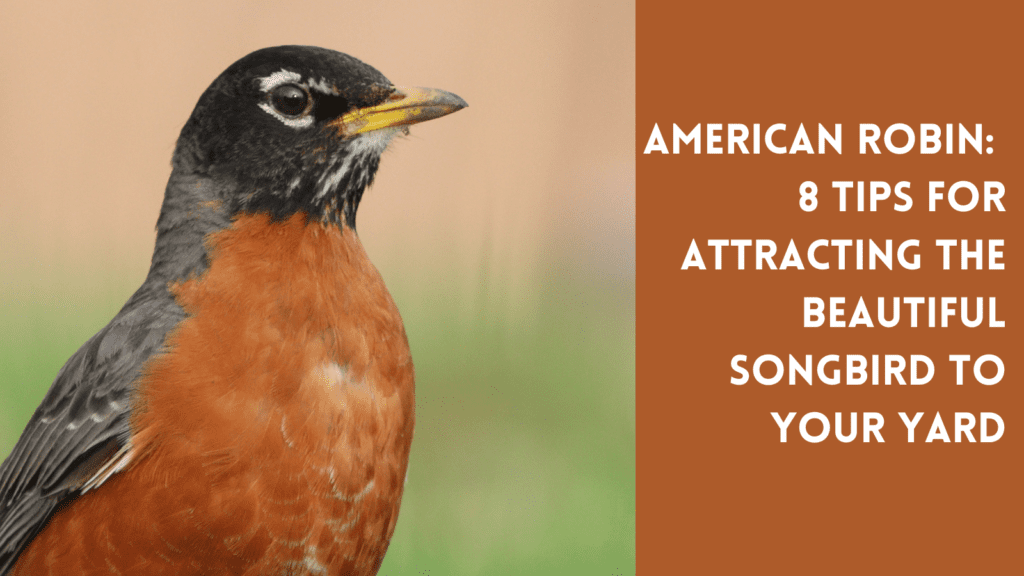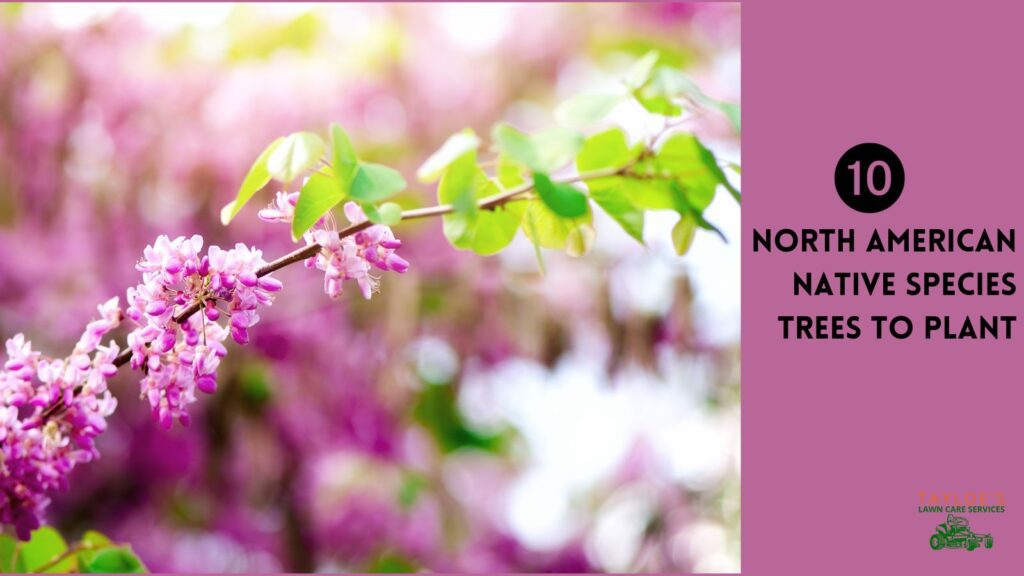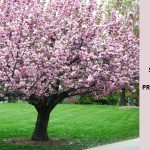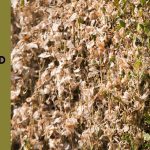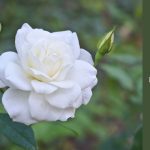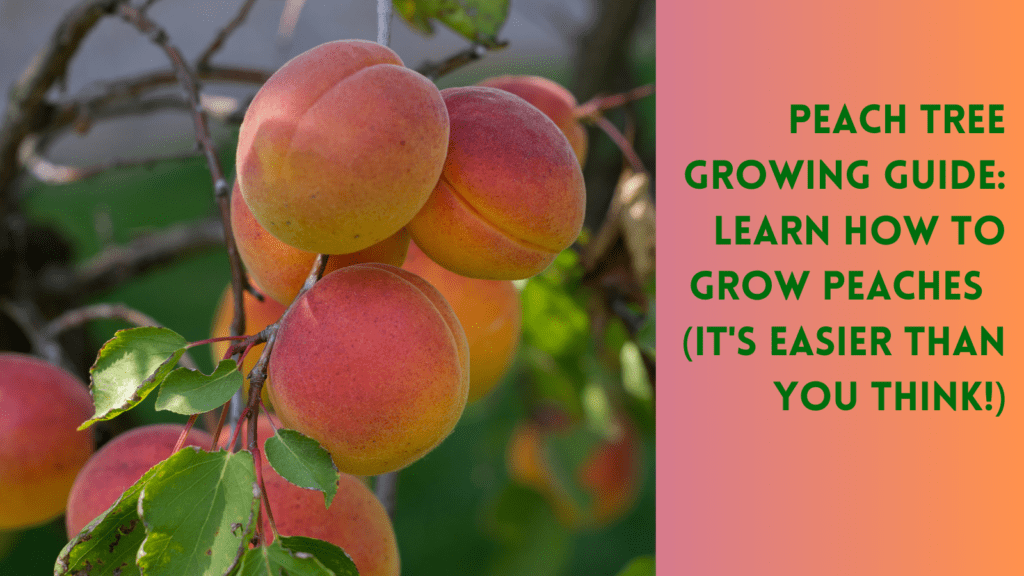Last Updated on: 27th January 2025, 06:59 am
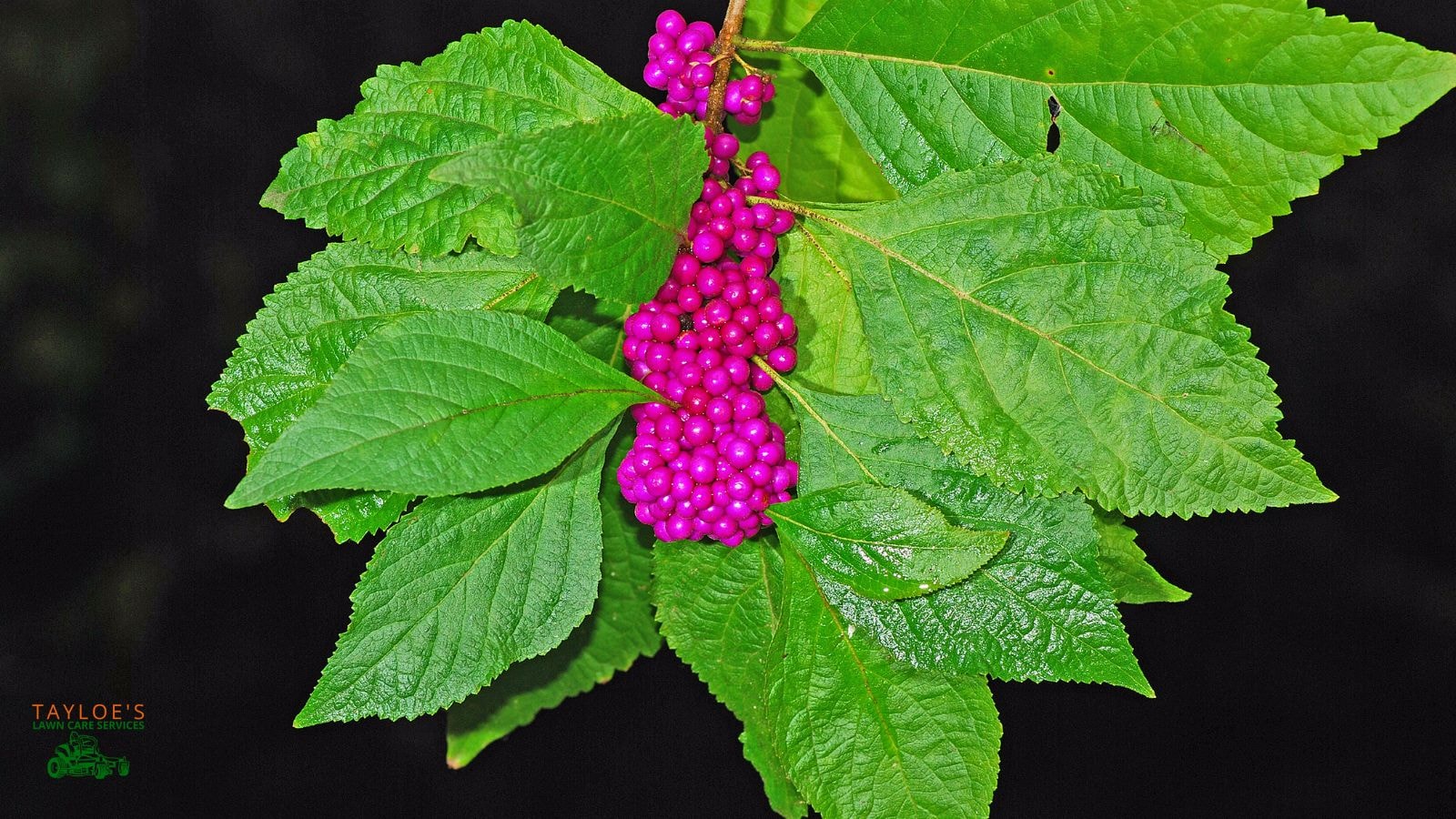
Callicarpa americana var thrives in the southeastern United States.
The American Beautyberry (Callicarpa americana) is a charming and resilient shrub native to the southeastern United States, with a growing range extending to northern Mexico. Known for its vibrant purple berries and attractive foliage, it has become a favorite among gardeners and landscape designers.
This article will explore all the details about this fascinating plant, from its identification and habitat to its care and uses.
American beautyberry has small pink flowers that give way to magenta berries
The American Beautyberry is a deciduous shrub that you will easily learn to identify. Its most striking feature is the clusters of bright magenta berries (sometimes more purple) that show off in August, September, and October.
The leaves are ovate and green and have a slightly serrated edge. In the spring and early summer (usually June), the plant produces small, pink or lavender flowers, eventually giving way to white berries. Eventually, Callicarpa americana treats you to a vibrant show of color as the berries ripen to the lovely, famous magenta.
Habitat and distribution of this callicarpa species
Callicarpa americana thrives in the southeastern US, particularly in USDA hardiness zones 7b and 8a. Ahem – if you are a client of Tayloe’s Lawn Care Services, I’m looking at you!
You may spot it in nature in woodlands, thickets, and along the edges of forests. The plant prefers well-drained soils and can tolerate a range of conditions, from full sun to partial shade. Its adaptability makes it an excellent choice for various landscape settings.
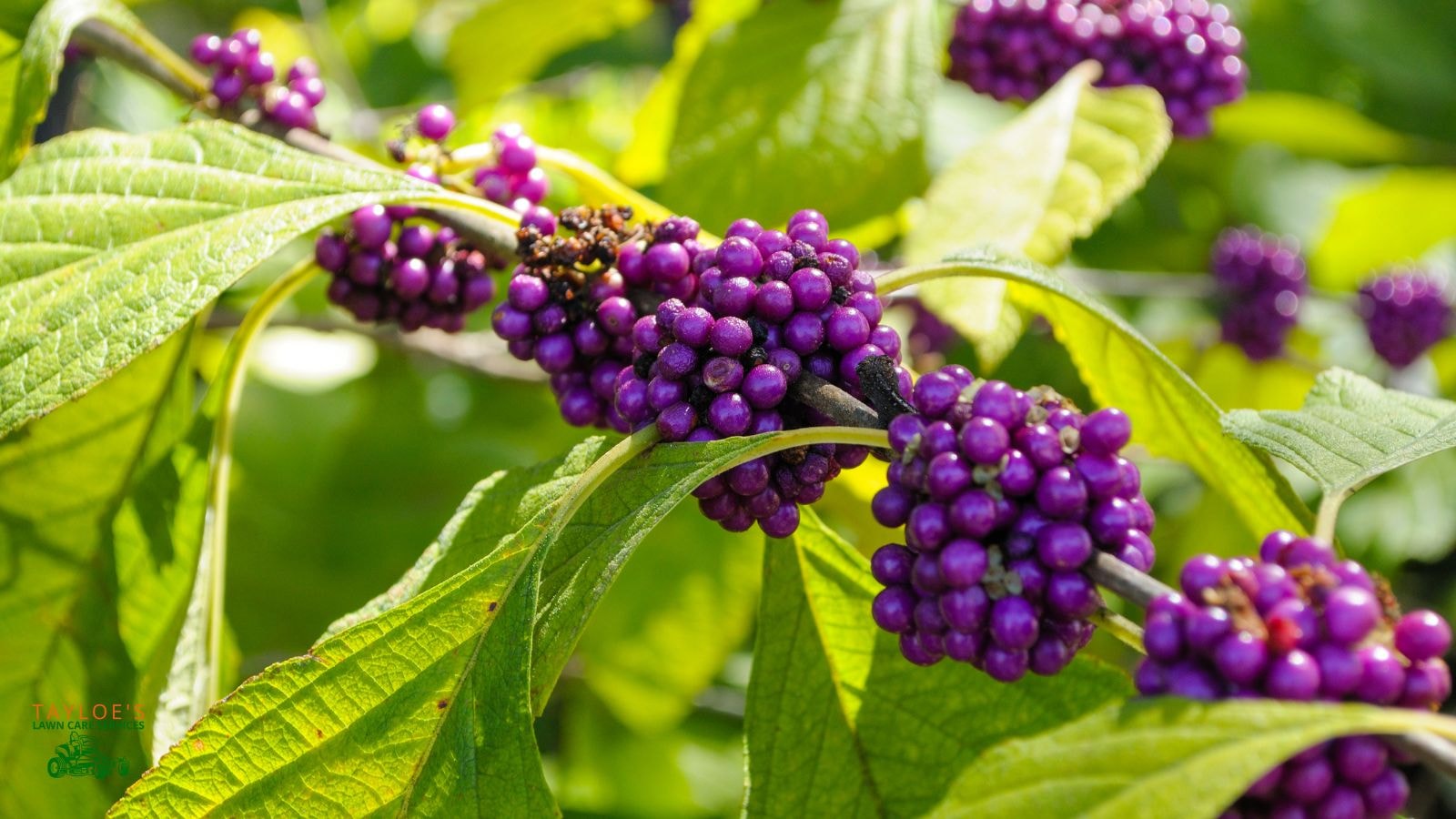
Planting and propagation
When planting American Beautyberry, choosing a location that mimics its natural habitat – the woods – is essential. It prefers loamy conditions; if you have sandy soil, try growing them in large pots or containers.
Sun and light conditions
American Beautyberry (Callicarpa americana) thrives in full sun and part shade. Full sun is best for optimal growth and more fruit production. However, the plant can also adapt well to partial shade, making it versatile for different garden settings.
Drought tolerant
American Beautyberry is relatively drought-tolerant once established. While it prefers moist, well-drained soil, it can endure periods of dry conditions. Regular watering is essential during the establishment phase and extended drought periods to ensure the plant remains healthy and productive.
Size and growth
American Beautyberry typically grows to a height of 3 to 6 feet and can spread to a width of 3 to 6 feet. Its compact and rounded shape makes it suitable for various landscape uses, from border plantings near the house to standalone specimens.
Propagating Callicarpa americana
Seeds, cuttings, or division can propagate the plant. For seed propagation, collect the berries in late fall, remove the seeds, and sow them in a well-prepared bed. Cuttings should be taken in late summer and rooted in a moist, well-drained medium. You should divide them in the early spring before new growth begins.
Care and maintenance of beautyberry
American Beautyberry is relatively low-maintenance, but a few care tips can help it thrive. Regular watering, especially during dry spells, is crucial to keep the soil moist to the roots. Mulching around the base of the plant can help retain moisture and suppress weeds. Prune in the late winter or early spring to remove any dead or damaged branches and to shape the shrub. Fertilizing with a balanced, slow-release fertilizer in the spring can promote healthy growth and berry production.
American beautyberry offers wildlife benefits
One of the significant advantages of planting American Beautyberry is its ability to attract animals. The berries are a valuable food source for butterflies, birds, including robins, mockingbirds, and cardinals. The shrub also provides habitat and cover for small mammals and insects. You can support your local woodlands friends and enhance biodiversity by including American Beautyberry in your garden.
Potential culinary and medicinal uses
The berries of the American Beautyberry can be eaten raw, though they are mildly astringent and may not be to everyone’s taste. Cooking the berries enhances their flavor, making them a popular choice for jellies, syrups, and even homemade wine. These culinary delights add a unique twist to your recipes and allow you to enjoy the plant’s natural benefits.
Historically, Native Americans utilized various parts of the plant for medicinal purposes, such as treating fevers and rheumatism. While modern use of the plant is limited, its historical significance adds to its charm and interest.
Please note that we are lawn care technicians, not doctors or nutritionist. While these berries are edible, we do not suggest eating or using them as medicine until you review your health needs with your doctor. A real doctor, not a lawn doctor.
Decorative and landscaping uses
American Beautyberry is an excellent addition to any garden or landscape. Its colorful berries and attractive foliage provide year-round interest, making it a focal point in any setting. It can be used as a specimen plant, in mass plantings, or as part of a mixed border. The plant’s ability to thrive in various light conditions and soil types makes it versatile and easy to incorporate into different landscape designs.
A natural mosquito repellant, great for large landscapes
American Beautyberry (Callicarpa americana) offers more than just visual appeal for large landscapes; it also serves as a natural mosquito repellent. The leaves of this plant contain compounds, particularly callicarpenal, which appears to repel mosquitoes effectively. Incorporating beautyberry shrubs into your landscape design can help reduce the mosquito population and enhance your outdoor experience.
Planting American Beautyberry around patios, walking paths, and seating areas may create a protective barrier against mosquitoes. The shrubs’ dense foliage provides both aesthetic value and practical benefits. To maximize their mosquito-repelling effects, plant them in clusters to increase the concentration of the repellent compounds in the air.
For an added layer of protection, you can use the leaf directly. Crushing the leaves and rubbing them on your skin can provide a natural mosquito repellent. Finally, you can create a homemade spray by boiling the leaves and mixing the extract with other natural ingredients like neem oil. This approach offers an eco-friendly and non-toxic solution for managing mosquitoes in large outdoor spaces, ensuring a more enjoyable and pest-free environment.
If natural mosquito control tactics have failed and you need professional mosquito fogging services, we are fully licensed and ready to help.
Pest and disease management
While American Beautyberry is generally hardy, it can be susceptible to some pests and diseases. Common pests include aphids, spider mites, and scale insects. Regular monitoring and early intervention can help keep these pests under control. The shrub is also prone to fungal diseases, such as powdery mildew and leaf spot. Ensuring good air circulation and avoiding overhead watering can help prevent these issues. In severe cases, fungicidal treatments may be necessary.
Conservation and environmental impact
Planting native species like American Beautyberry contributes to conservation efforts by supporting local ecosystems. Native plants provide essential resources for wildlife and help maintain the natural balance of the environment. By choosing native plants for your garden, you are contributing to the preservation of biodiversity and promoting sustainable landscaping practices.
Callicarpa americana var and Callicarpa japonica are not the same species
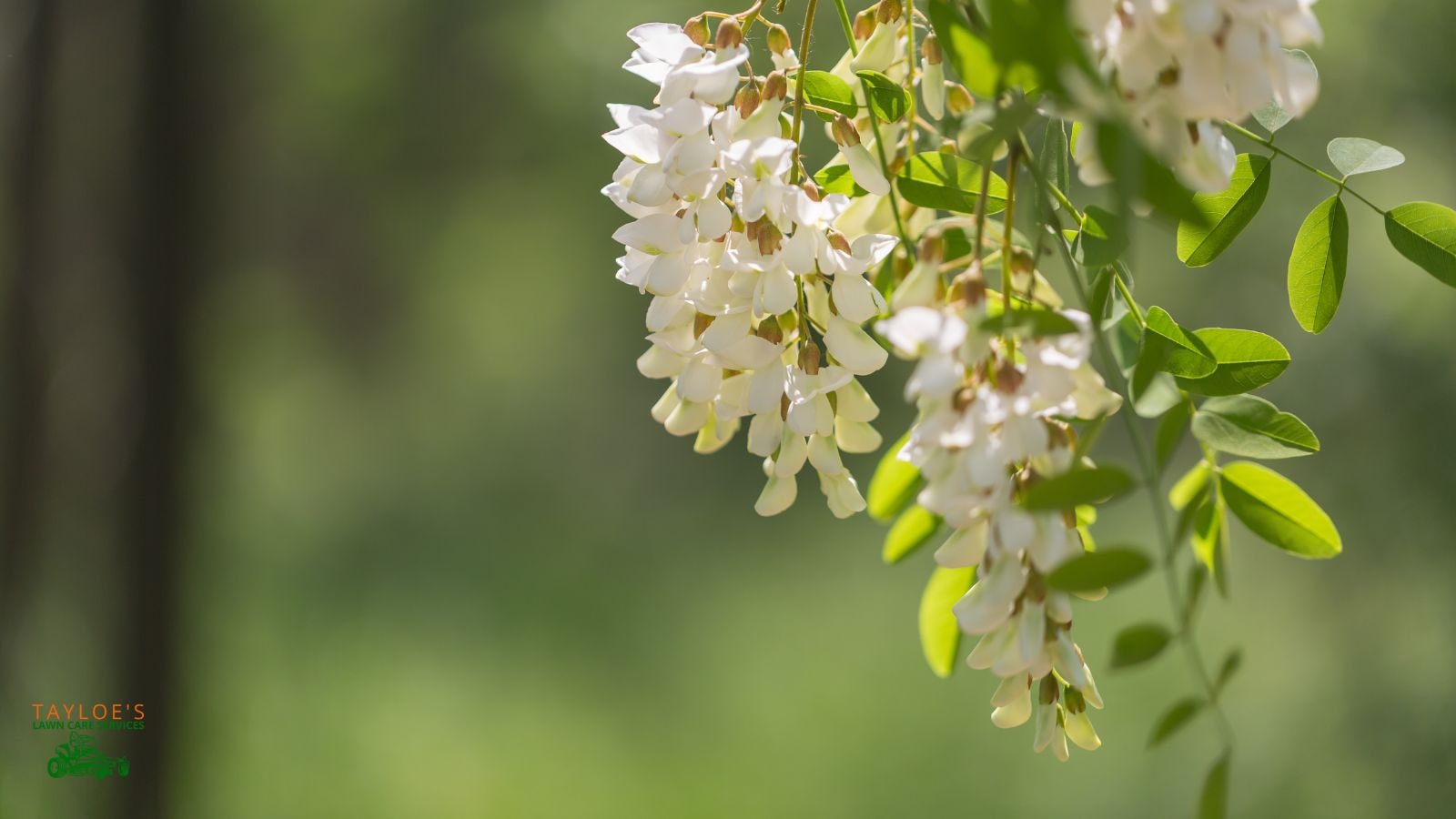
Callicarpa japonica, commonly known as Japanese Beautyberry, is a deciduous shrub native to East Asia, including China, Japan, Korea, and Taiwan. It’s prized for its attractive clusters of glossy, violet to purple berries that appear in late summer and fall. The plant typically grows to a height of 4-6 feet and has slender, upright-arching branches.
The flowers of Japanese Beautyberry are small and pink to white, blooming in early summer. While not particularly showy, they give way to the stunning violet berries that provide a pop of color in the garden. Birds and bats enjoy harvesting the berries. The leaves are medium green, finely toothed, and turn yellow with a purplish cast in the fall.
Japanese Beautyberry is easy to grow in the ground or in large, grand containers and low maintenance, thriving in full sun to part shade and well-drained soil. It’s also drought-tolerant once established and attracts birds with its fruit. This shrub is often used in mixed shrub borders, foundation plantings, and as a specimen plant or deciduous hedge.
American beautyberry offers stunning pink flowers in June; berries ripen in the early fall.
The American Beautyberry is a versatile and valuable addition to any garden, particularly in the southeastern United States. Its striking appearance, low maintenance requirements, and benefits to wildlife make it an excellent choice for gardeners looking to enhance their landscapes. By understanding the needs and characteristics of this remarkable shrub, you can enjoy its beauty and benefits for years to come.
Need help with your garden beds or lawn care? Connect with Tayloe’s Lawn Care Services, LLC at 252.287.3376 today. We are always glad to help.
Author Profile

- Deborah Tayloe is the CEO and co-founder of Tayloe's Lawn Care Services, LLC. She has a B.S.Ed and holds certificates in soil and water management and herbology from accredited programs.
Latest entries
 GardeningSeptember 27, 2025What perennials, shrubs, and trees don’t like fall pruning (and why)?
GardeningSeptember 27, 2025What perennials, shrubs, and trees don’t like fall pruning (and why)? Trees and ShrubsSeptember 14, 2025Fall Shrub Pruning Guide (September–October)
Trees and ShrubsSeptember 14, 2025Fall Shrub Pruning Guide (September–October) Trees and ShrubsApril 22, 2025Boxwood Blight: Early identification and isolation
Trees and ShrubsApril 22, 2025Boxwood Blight: Early identification and isolation Flower GardenApril 8, 2025John F. Kennedy Rose: Hybrid tea rose with elegant white blooms
Flower GardenApril 8, 2025John F. Kennedy Rose: Hybrid tea rose with elegant white blooms

